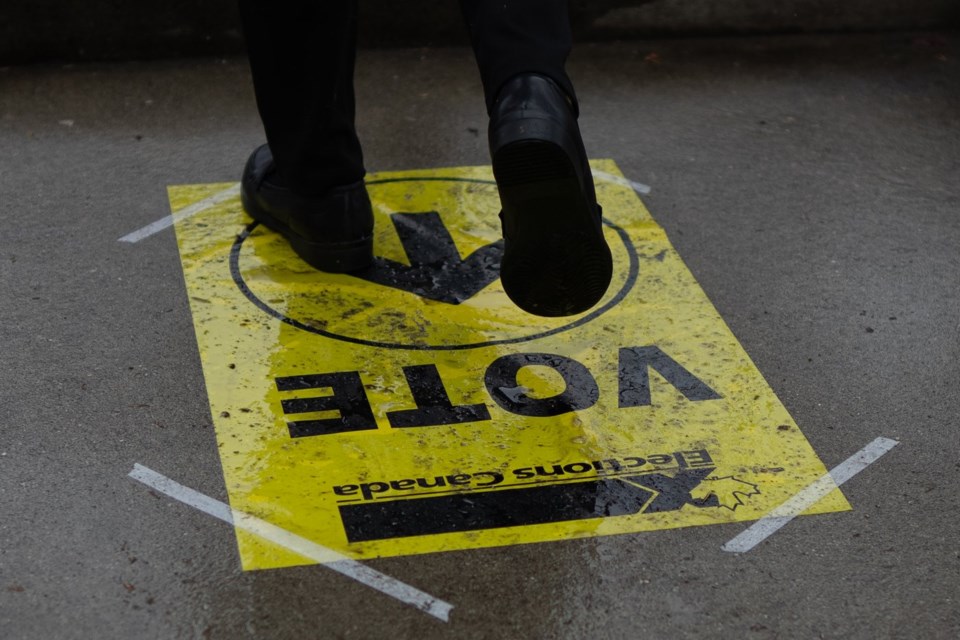ST. JOHN'S — A new report explains how a judge dealt with an "unprecedented" number of disputed ballots during a federal election recount in a rural Newfoundland riding recently won by the Conservatives.
Justice Garrett Handrigan's report, dated Monday, says the candidates and their teams had flagged 1,041 ballots needing closer examination after the recount ended on May 13 in the riding of Terra Nova-The Peninsulas.
"All counsel agreed that this was an unprecedented number and they seemed genuinely perplexed about how to address them appropriately," Handrigan wrote in his decision.
Typically, recounts produce far fewer disputed ballots, and lawyers for each candidate are able to argue whether each should be accepted or dismissed, the judge said.
"It was evident that we would not be able to do that this time," he wrote.
The recount was ordered by Elections Canada after the initial tally following the April 28 federal election showed Liberal candidate Anthony Germain ahead of Conservative Jonathan Rowe by 12 votes.
The margin was narrow enough to trigger an automatic judicial recount, led by Handrigan, a provincial Supreme Court judge.
The recount began in Marystown in eastern Newfoundland on May 12. The official winner — Rowe, by 12 votes — was announced on Friday, nearly two weeks later.
Handrigan said he suggested the lawyers should divide the ballots into categories and then argue whether the votes in each category should be kept or rejected.
The lawyers were hesitant at first. But the judge reminded them that while he would consider their arguments, it was ultimately his responsibility to decide which ballots would be counted, his report said.
Elections Canada ballots are grey, with white rectangles containing each candidate's name and party. A white circle to the right of each rectangle is where voters are supposed to mark their choice.
But on many of the disputed ballots — "maybe as many as half," Handrigan's report said — voters had left their mark in the rectangular box. In some of these so-called "rectangle ballots," voters had also left a mark in the circle.
Germain's lawyers argued Handrigan would be disenfranchising those voters by dismissing their ballots. They also argued that the practice of marking ballots in the rectangular boxes "may be unique to Newfoundland and Labrador."
However, lawyers for Conservative Jonathan Rowe said Handrigan had to stick with the Canada Elections Act, which says any ballot not marked in the circle next to the name shall be rejected.
In the end, Handrigan rejected the so-called "rectangle ballots." A table accompanying his report shows he dismissed about 675 of the disputed ballots. He accepted 167 ballots for Germain and 193 for Rowe — a difference of 26 votes.
More than 41,000 people voted in the riding, and 819 ballots were ultimately rejected, according to the Elections Canada website. By comparison, the the riding of Central Newfoundland had the second-highest number of rejected ballots in the province at 492.
This report by The Canadian Press was first published May 27, 2025.
Sarah Smellie, The Canadian Press




